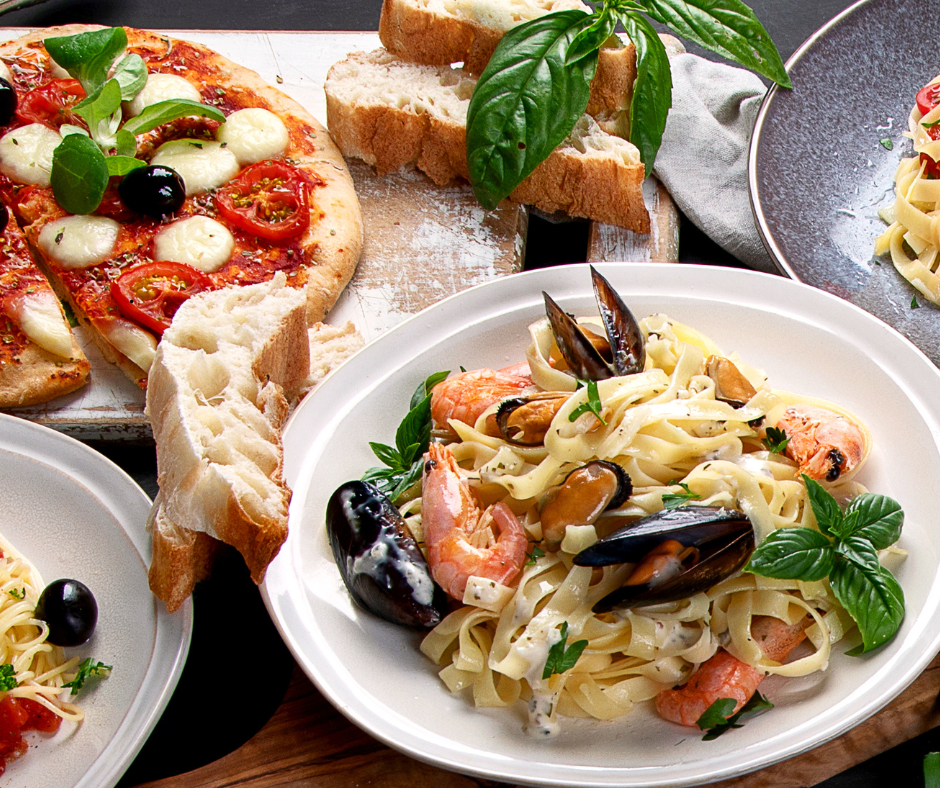
Why I ate bread, pizza, and pasta in Italy!
The differences in gluten quality and consumption between Europe and America have sparked considerable debate, particularly concerning the health implications for individuals with gluten sensitivities or celiac disease. One of the primary reasons gluten in Europe is often perceived as “better” than that in America is due to agricultural practices. In Europe, stricter regulations govern the use of herbicides, pesticides, and genetically modified organisms (GMOs). As a result, many European countries prioritize organic farming and sustainable practices that can lead to healthier wheat varieties. American agriculture, on the other hand, frequently relies on heavy chemical usage, which may influence the gluten and overall quality of wheat.
Moreover, the types of wheat grown in Europe differ significantly from those commonly produced in the United States. European countries often cultivate ancient or less hybridized strains of wheat, such as spelt or einkorn, which produce different types of gluten that some people find more tolerable. In contrast, the predominant wheat varieties in the U.S. have been heavily modified for higher yield and disease resistance, often resulting in a gluten structure that can be more difficult for some individuals to digest. This fundamental difference in wheat varieties contributes to varying experiences of gluten intolerance and sensitivity, making European gluten seem more benign for many.
Interesting! DID YOU KNOW? The organization that controls foods sold in Europe is the European Food Safety Authority (EFSA), which provides independent scientific advice to the European Union on food safety and helps inform legislation related to food across the continent.
Culinary traditions also play a crucial role in how gluten-containing products are perceived and consumed in Europe versus America. European countries often engage in time-honored practices of artisan bread-making, which includes longer fermentation processes that can break down gluten proteins. This slow fermentation allows for more complex flavors and textures in baked goods while potentially making gluten more digestible. In contrast, many commercial American bread products prioritize speed and mass production, often leading to less developed flavors and textures, as well as potentially harsher gluten.
Labeling and awareness further amplify the differences in gluten perception between the two regions. In America, gluten-free products have surged in popularity, with many manufacturers capitalizing on health trends that often deem gluten as harmful without distinguishing between different gluten sources. This trend can create an exaggerated fear of gluten consumption among Americans, leading to misconceptions about its effects. In contrast, Europeans tend to have a more measured approach to gluten; they often embrace traditional gluten-containing foods as part of a balanced diet while being aware of legitimate dietary needs for those with celiac disease or severe sensitivities.
Lastly, the cultural context surrounding food in general influences how gluten is viewed in both regions. In Europe, food is often seen as a communal experience, integral to cultural identity and traditions. This appreciation for quality food products, including those containing gluten, fosters a more discerning palate that is less quick to demonize gluten itself. In America, the focus has shifted toward convenience and quick fixes, often overshadowing the importance of quality ingredients. Overall, these multifaceted differences contribute to the perception that gluten in Europe is more favorable than that found in America, highlighting a complex interaction of agricultural practices, culinary traditions, labeling, and cultural attitudes toward food.
I must say that I ate a lot of pizza, pasta, and bread when I was in Italy last month. I didn’t have ANY issues with it and guess what? It tasted BETTER to me.
I wish that we had stricter regulations here in the U.S. Most Americans would definitely be healthier!

As always, sharing healthy food facts.
Adrienne
xo
